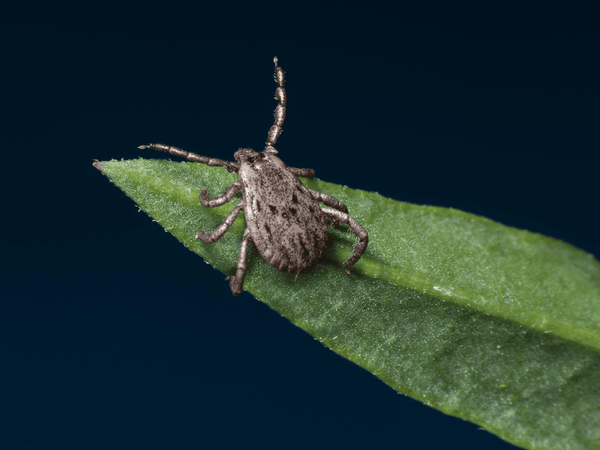Pacific Coast Tick

Name of Tick: Pacific Coast tick
Danger Level: High
Nicknames: No other names for this tick
Scientific Name of Tick: Dermacentor occidentalis
Habitat: West Coast of the United States and Mexico
Specific Habitat: The Pacific Coast tick hides in shrubbery, bushes, and small trees. It is often found in chaparral and will lurk on the sides of trails, waiting for a host. Your danger of being attacked by the Pacific Coast tick is highest if you are hiking or in a remote area, however this tick has been found in backyards and does sometimes populate in urban areas.
Tick Facts and Information: The Pacific Coast tick has three life stages, larvae, nymph, and adult. The larvae are active and biting summer through winter, most dangerous in mid-July. After they have found a host and eaten a blood meal, they will develop into nymphs in 2 weeks. Pacific Coast tick nymphs are most active during the late winter and spring, searching aggressively for a blood meal. Once a host has been procured the tick will feed for 6 days, detach, and then develop into an adult over the next 20 days. Adult Pacific Coast ticks are a threat year-round, although most attacks happen during the cooler months. Adult males feed on a blood host quickly, adult females will remain attached to you for 6 days or more. The Pacific Coast tick hunts by questing. A bite from the Pacific Coast tick can cause debilitating disease and result in death.
Tick Color and Appearance: Adult females have light brown caramel colored legs, and a brown body with a dark pattern. Adult males have a brown legs and body, dark back with whitish hue.
Size and Number of Legs: The average adult Pacific Coast tick is 1/8 of an inch, size will vary greatly during the tick’s life cycle. Larvae have 6 legs, nymphs and adults have 8 legs.
Diseases Transmitted: Rocky Mountain spotted fever, Pacific Coast tick fever, Tularemia, Colorado tick fever, 364D rickettsiosis
Control Solution: Tick Proof Repellent
Full Scientific Classification: Kingdom: Animalia, Phylum: Arthropoda, Class: Arachnida, Subclass: Acari, Superorder: Parasitiformes, Order: Ixodida, Family: Ixodidae, Genus: Dermacentor
